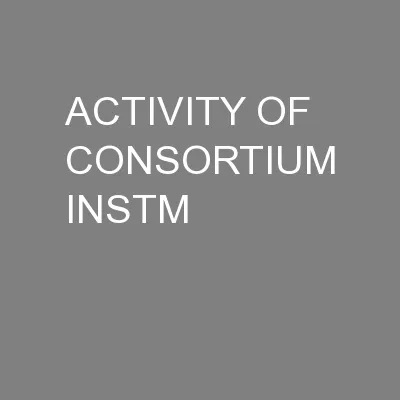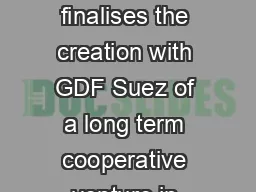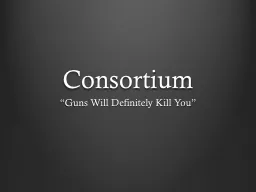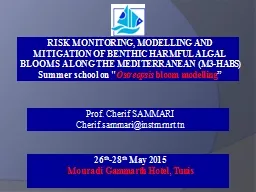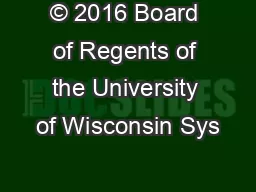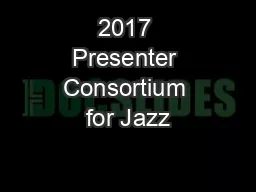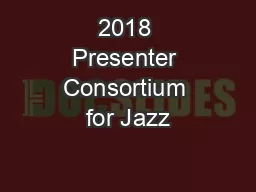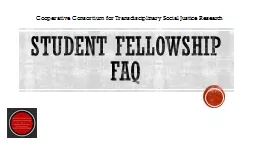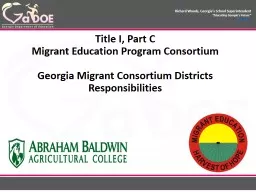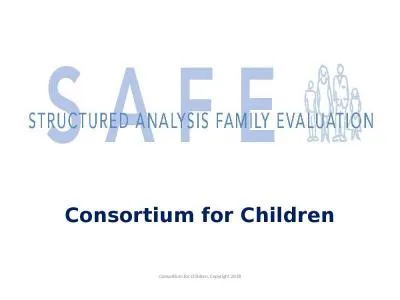PPT-ACTIVITY OF CONSORTIUM INSTM
Author : pasty-toler | Published Date : 2016-09-07
Apr 1 2015 Oct 31 2015 Technical Meeting 0511 2015 Sergio Miele Enrica Bargiacchi EU project LIFE13 ENV IT 000461 EVERGREEN Environmentally friendly
Presentation Embed Code
Download Presentation
Download Presentation The PPT/PDF document "ACTIVITY OF CONSORTIUM INSTM" is the property of its rightful owner. Permission is granted to download and print the materials on this website for personal, non-commercial use only, and to display it on your personal computer provided you do not modify the materials and that you retain all copyright notices contained in the materials. By downloading content from our website, you accept the terms of this agreement.
ACTIVITY OF CONSORTIUM INSTM: Transcript
Download Rules Of Document
"ACTIVITY OF CONSORTIUM INSTM"The content belongs to its owner. You may download and print it for personal use, without modification, and keep all copyright notices. By downloading, you agree to these terms.
Related Documents

